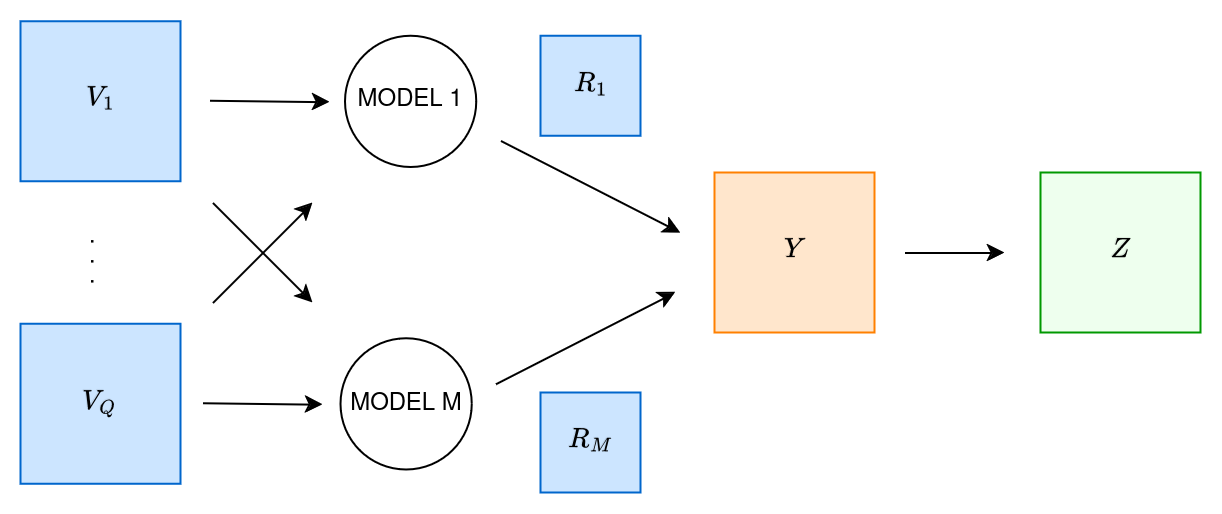Physical Process-Informed Mapping
Large-scale information maps are highly useful when using mobile robots to explore unknown regions for path planning. In order to generate such maps, predictions must be made based on low-resolution and/or sparse observations of scientific data, which are extrapolated to unobserved regions with some expected uncertainty. Predictions can be improved by integrating other correlated variables, as has been shown in Foil et al. (2016), in addition to incorporating non-stationary effects and correct modeling of sensor noise.

This project posits that integration of physical process models, such as equation-based representations of natural phenomena, can further improve the predictive capabilities of maps of natural phenomena. In addition, inclusion of such process models should enable analysis of the relevance of each model to such predictions, assisting with scientific investigations into these phenomena. This research investigates such improvements to large-scale mapping for mobile exploration robots and will make up my dissertation research.
Papers:
M. Hansen, R. Elphic, T. Fong, and D. Wettergreen, “Improving Predictive Modeling for Robotic Resource Mapping with Non-Stationary Process Effects and Sensor Noise Estimation,” 2024 International Symposium on Artificial Intelligence, Robotics and Automation in Space, Brisbane, QLD, Australia, 2024 (forthcoming).